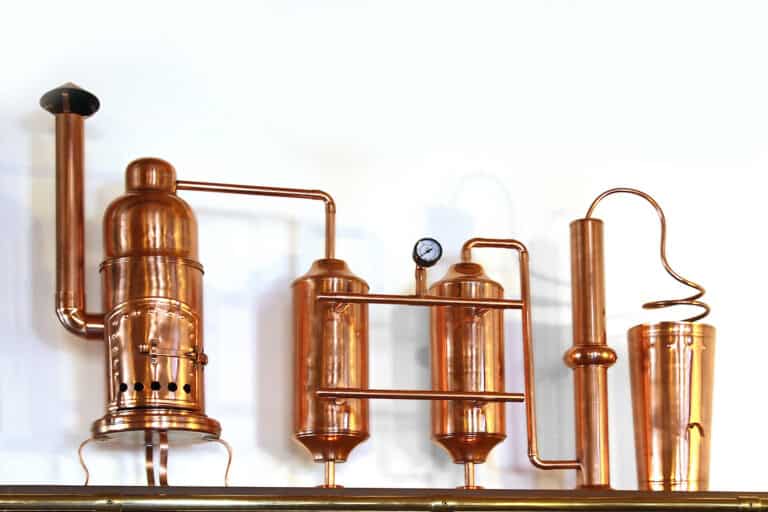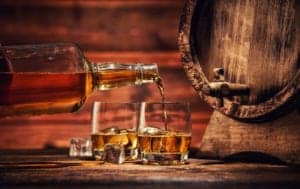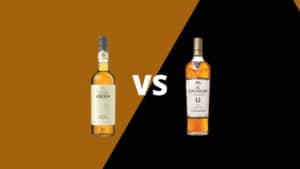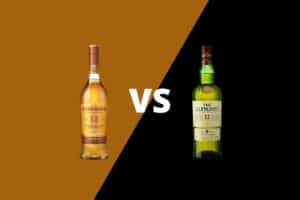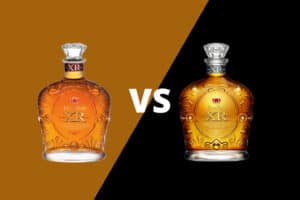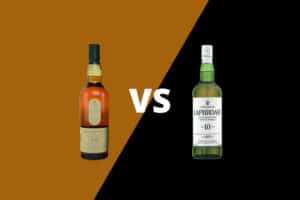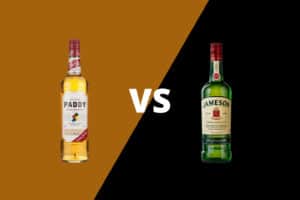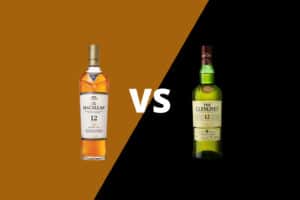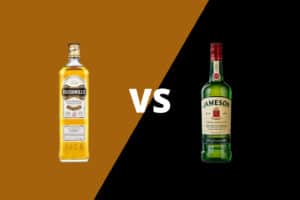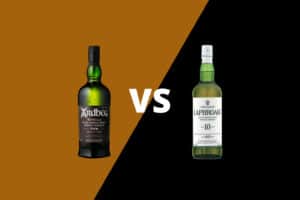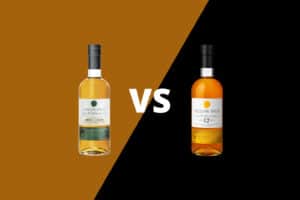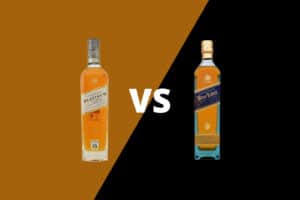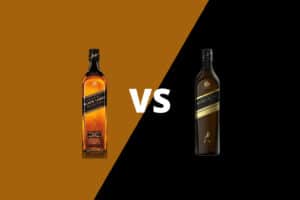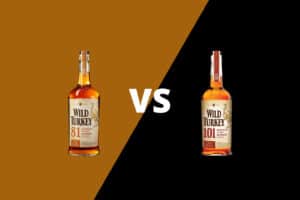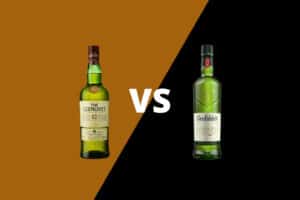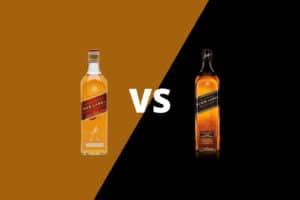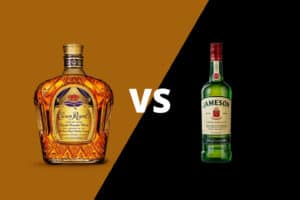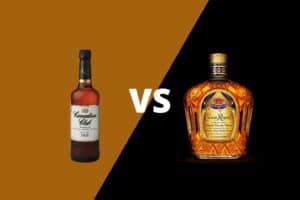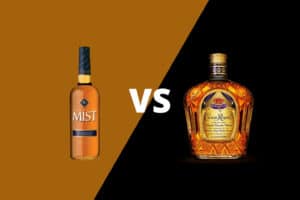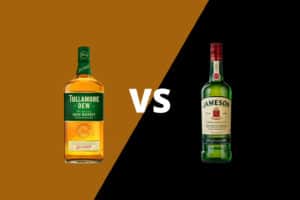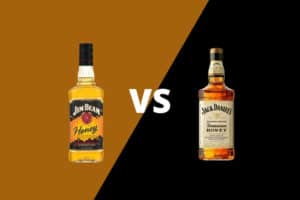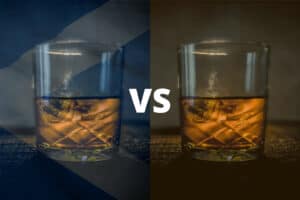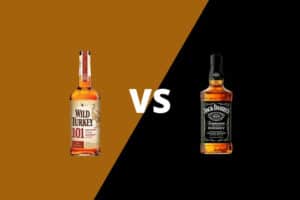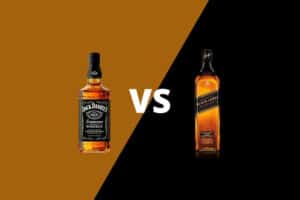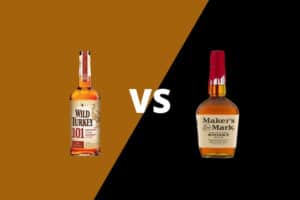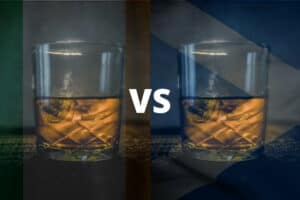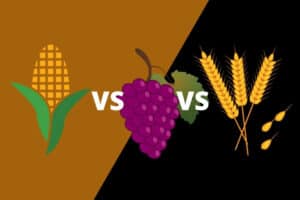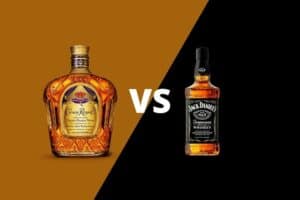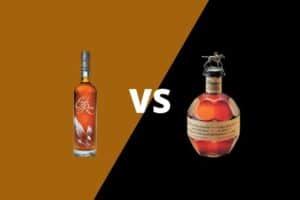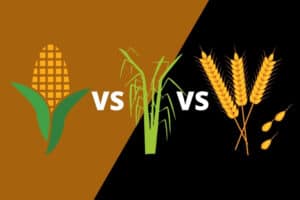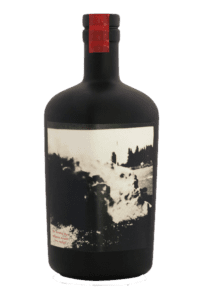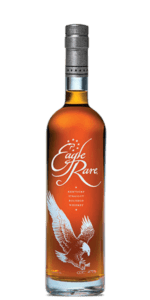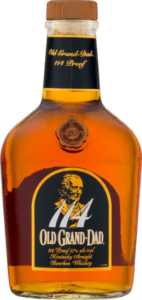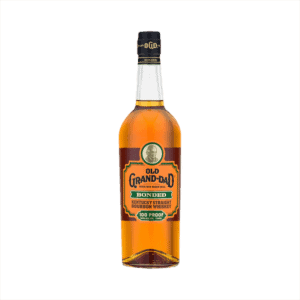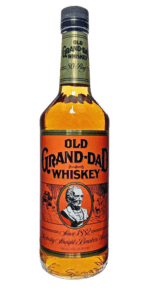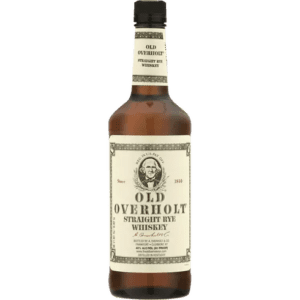When you see all of the various product categories for distilled alcohol at the liquor store, it can be overwhelming. Brandy, cognac, tequila, whiskey — often the copy found on the label tells us very little about how alcohol is made.
Today, we’ll study the art of the alcohol distillation process to explain exactly what these key terms mean and hopefully help you understand the science behind some of the concepts. Think of this as a 101 course on alcohol distillation.
You ready? Let’s begin.
Table of Contents
How Alcohol is Made
Alcohol is produced through the process of fermentation. Life on planet Earth might be very different today had it not been for the evolution of a microbial fungus called yeast — Latin name Saccharomyces cerevisiae.
These microbes live nearly everywhere in the ambient atmosphere. They subsist on a diet of sugar molecules, which they consume and convert into ethanol and carbon dioxide. This is the basis of nearly all alcohol production — beer, wine, whiskey, brandy, tequila and just about any other alcoholic drink derives from this conversion process.
Yeast is abundant in nature, where it populates around the skins of most fruits. Should any opening in the skin appear and grant them access to the fruit sugars inside, there they are — ready for dinner. Thus alcohol production appears in nature, where overripe fruits ferment on the vine.
The earliest forms of manmade alcohol take advantage of this phenomenon to harness ethyl alcohol for human consumption. Many historians consider a form of mead to be the first alcoholic beverage created by mankind, and archaeological evidence has been found in China that is over 9,000 years old. Mead is produced using honey as the sugar source, which has many benefits for early brewers. Honey contains a natural preservative, which prevents it from decomposing like other food sources. It was a prized source of sugar for Neolithic man and would have been harvested and stored whenever beehives were found.
It’s easy to imagine that first natural fermentation. A clay vessel partially filled with honey becomes diluted during a rainstorm. Ambient yeasts in the air find the honey water mixture and naturally begin converting sugar molecules into alcohol. A few days later, a lucky group comes upon the sweet, fermented beverage and has the first toast around the cave’s fire.
From this first discovery, yeast traveled with mankind throughout the long march of civilization. Because yeast naturally envelops grape skins, this fruit was an early candidate for cultivation. By stepping on the grapes and leaving the liquid exposed to macerated skins, the yeast is already packaged into the deal. As a result, vast swaths of the early civilization are converted into vineyards as society advances. Likewise, apple orchards were planted and maintained for food, animal feed — and the opportunity to produce hard cider after each autumn harvest.
Bread makers and beer brewers co-evolved a symbiotic relationship. Malted barley evolved as an early cultivated crop because of its usefulness in the fermentation process. With a higher protein and nutritional value, wheat was recognized as a valuable food source but cannot quickly be turned into alcohol. But by combining the two, a tasty, fermented beverage would evolve into what we know as beer. By focusing on this craft, the brewer began to cultivate yeast strains with desirous flavor attributes. The brewer could then share these yeast strains with the baker, who combined them with elastic wheat flour to allow bread to rise.
The art of alcohol production is something that was independently discovered by different human civilizations across the globe. In the American hemisphere, indigenous populations have been creating fermented beverages from sugar sources such as corn and agave for millennia. In Asia, rice was used as a source of fermentable sugar. And in Africa, palm wine has played an important role in societal life through the ages.
Now that we’ve introduced the idea of fermentation, we’re ready to take the next step towards high-proofed spirit drinks — distillation.
What does distilled mean?
Distillation separates the alcohol in a fermented beverage from the water and other non-alcohol byproducts suspended in the original solution. The process works because the boiling point of water is a higher temperature than that of alcohol.
How does distillation work?
First, we start with a fermented alcohol beverage — in this case, we’ll use wine as an example. Once the grapes have been crushed, yeast begin to eat the sugar molecules suspended within the grape juice. Depending on the type of wine, the fermentation process may take anywhere from three to seven days. As the yeast consumes the sugars, they produce ethanol — the type of alcohol digestible by humans — as well as carbon dioxide and other byproducts.
Few natural ferments reach 100 percent conversion of the sugar molecules into alcohol because as the fermenting liquid reaches above 10 to 15 percent alcohol by volume, the increasing alcohol level creates a toxic environment for the yeast. Distillation describes the process of separating that 15 percent alcohol from the remaining liquid. It works because alcohol has a boiling point of about 175 degrees Fahrenheit (79.4 Celsius), while water boils at about 212 degrees Fahrenheit (100 Celsius).
By placing the wine into a still and heating it to above the evaporation temperature of alcohol but below the temperature of water, we can separate concentrated alcohol vapors, cool them using condensation and capture a liquid that is much higher in strength. The remaining alcohol-free liquid is then discarded.
Using a traditional pot still, the distiller will be left with low wines at about 30 percent ABV, or 60-proof. A second pass in the still will create a distilled spirit — in this case, clear unaged grape brandy — that can reach as high as 195-proof depending on the type of still.
Types of Distilled Alcohol
Nearly any liquid that contains sugars can be converted into an alcoholic beverage and then distilled alcohol1. And almost any alcoholic liquid can be distilled to a higher proof spirit beverage.
Over the centuries, humankind’s traditions of distilling whatever local beverages were on hand have left us with a cultural heritage of fine, historically-relevant spirit drinks from around the globe. Let’s look at some products to learn more about where they come from and the history behind how they are made.
Aqua Vitae — To describe the history of distilled spirits, it might make sense to first describe the term ‘Aqua vitae,’ Latin for ‘the Water of Life.’ As you will note, many of the names of traditional distilled spirits types come from the local translation of this phrase.
When monks brought the art of distillation back from the Middle East after the first crusades, the practice held a mystic quality. By placing liquid into a remarkable contraption, they could distill the ‘essence’ of any material. This applied not only to alcoholic beverages but also aromas — perfumers use distillation to capture the essence of rose, lavender and other scents — and medicinal brews. In one ill-fitted attempt, early monks attempted to distill ancient texts to absorb the knowledge contained inside. Unfortunately, however, they ended up concentrating a hallucinogenic chemical found inside the binding glue instead.
[Click here to learn more about why alcohol is called ‘spirits’]
Vodka – The term vodka is derived from Russian (vodka) and Polish (wodka) and is a direct translation of ‘water of life in the native languages. It describes the distillate of virtually any type of mash and can be made from grapes, potatoes, rye grain or any other fermentable source. In the U.S., vodka must be distilled above 195-proof, removing nearly all congener flavors and leaving a nearly pure ethanol product.
Brandy — Spirit made from the wine of any fruit.
Eau de Vie— This French term for ‘water of life’ describes a clear, unaged spirit of fruit brandy.
Kirschwasser — This German term means ‘cherry water’ and describes a clear distillate made from cherry wine.
Cognac is a type of aged brandy distilled from a specific type of wine in and around a designated area in Cognac, France.
Armagnac — A type of aged brandy distilled from specific wine varietal grapes in a specific region around Armagnac, France.
Pisco is a type of unaged grape brandy produced in the wine regions of Chile and Argentina.
Aged apple brandy is known by many terms, including Apple Jack in the United States. Calvados is a historic apple brandy product from the coastal Briton region of France.
Tequila — For centuries or longer, the indigenous people of Central American drank a beverage called pulque that is made from the fermented sugars of various agave plants. Tequila is the distillate made from the fermented mash from the Weber Blue Agave varietal of agave in and around Jalisco, Mexico.
Mezcal — Like tequila, mezcal is made from the agave plant, but a different variety of agave is used, and production is based around Oaxaca, Mexico.
Other forms of distilled agave spirit include sotol, raicilla and bacanora.
Whiskey is a product that is made from a mash — or beer — of 100 percent grains. The term comes from Gaelic translation of ‘water of life’ — Scots’ uisgue beatha‘ and Irish’ uisce beatha.’
Bourbon is a whiskey produced in the United States and made from at least 51 percent corn and aged in new American oak barrels.
[Click here to learn more about the various types of whiskey]
Gin — A type of spirit that has a shared Dutch and British history. First, a clear distillate is made that resembles vodka, which is then diluted and distilled through a gin basket that contains juniper and other botanicals, whose essences make it into the final product.
Rum — A distilled spirit that is made from molasses — a byproduct of sugar cane cultivation.
Baijiu — A distilled spirit of Asian origin that is made from a mash of sorghum and rice.
This recap includes some of the most common products available in the U.S. market. But with such a long and diverse history, we’ve barely scratched the surface of the world of distilled spirits.
How do you distill spirits?
Note: This is not a complete tutorial. Before you get down the rabbit hole of trying to build a home distillation rig, consider a few things.
First, the federal government in the United States frowns upon home distillation. Unlike home brewing — which is allowed and encouraged — home distillation runs the additional dangers of concentrated alcohol vapors, which create a fire and explosion hazard. Plus, trained distillers know how to exclude heads — dangerous methyl alcohols that can cause sickness and death if not removed from the finished product.
To learn more about how distillation works, let’s look at some of the various types of stills that have been used throughout the ages to produce these wonderful distillates.
Early Clay Stills — The earliest distillations were conducted on primitive clay stills, which were fired and vapors collected. Today, some producers carry on centuries’ old practices using clay pots, including small-scale producers of mezcal and other agave spirits in Mexico.
Copper Pot Still — This traditional piece of equipment has been used for centuries to produce nearly every type of spirit. The liquid is placed into the copper pot, and vapors travel to an upper chamber and then to a condenser, where they are cooled and converted back into liquid.
The Coffey Still was invented in 1830 by Aeneas Coffey. It was the first modern column still to separate plates to increase distillation efficiency and allow spirits to be distilled in one pass.
Column Still – The modern distillation equipment used to produce most high-volume spirits today. A series of plates vaporize liquid, with the vapor gaining in alcohol content as it moves up the column.
Charentais Alembic Still – a type of heritage copper pot still used to produce cognac and other European products.
Hybrid Still — In today’s world of craft distillation, innovative distillers experiment on stills that combine elements of column, pot still and other forms of distillation to come up with new and exciting flavor combinations.
1 In fact, we know a distiller who experimented with fermented Mountain Dew soda just to see what would happen.

